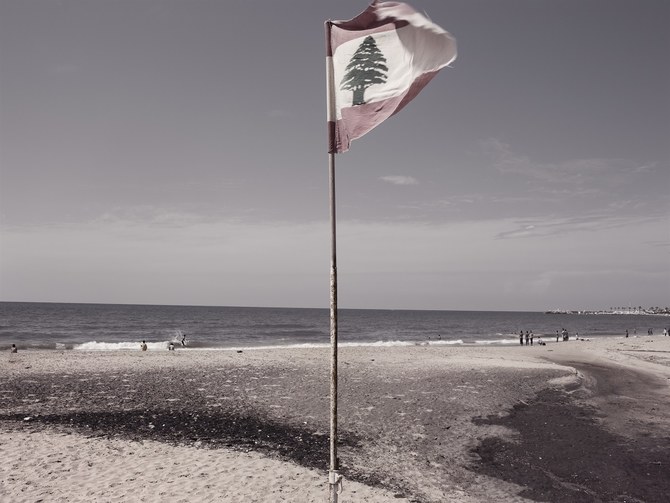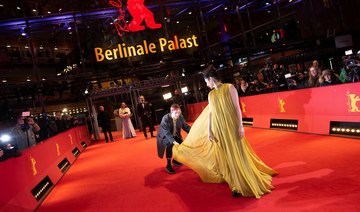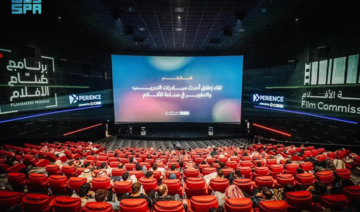DUBAI: As part of its Third Biennial of Photographers of the Contemporary Arab World, the Institut du Monde Arabe (IMA) in Paris is running an exhibition of works from Lebanese photographers or “‘foreigners’ passing by,” mostly shot in the last decade. “Lebanon, Between Reality and Fiction” is divided into two parts — the first focused on documentary style photography, while the second “brings together artists who drag us into other landscapes, dreamed or invented.” Here, six of the featured photographers talk us through one of their highlighted images.
Dalia Khamissy
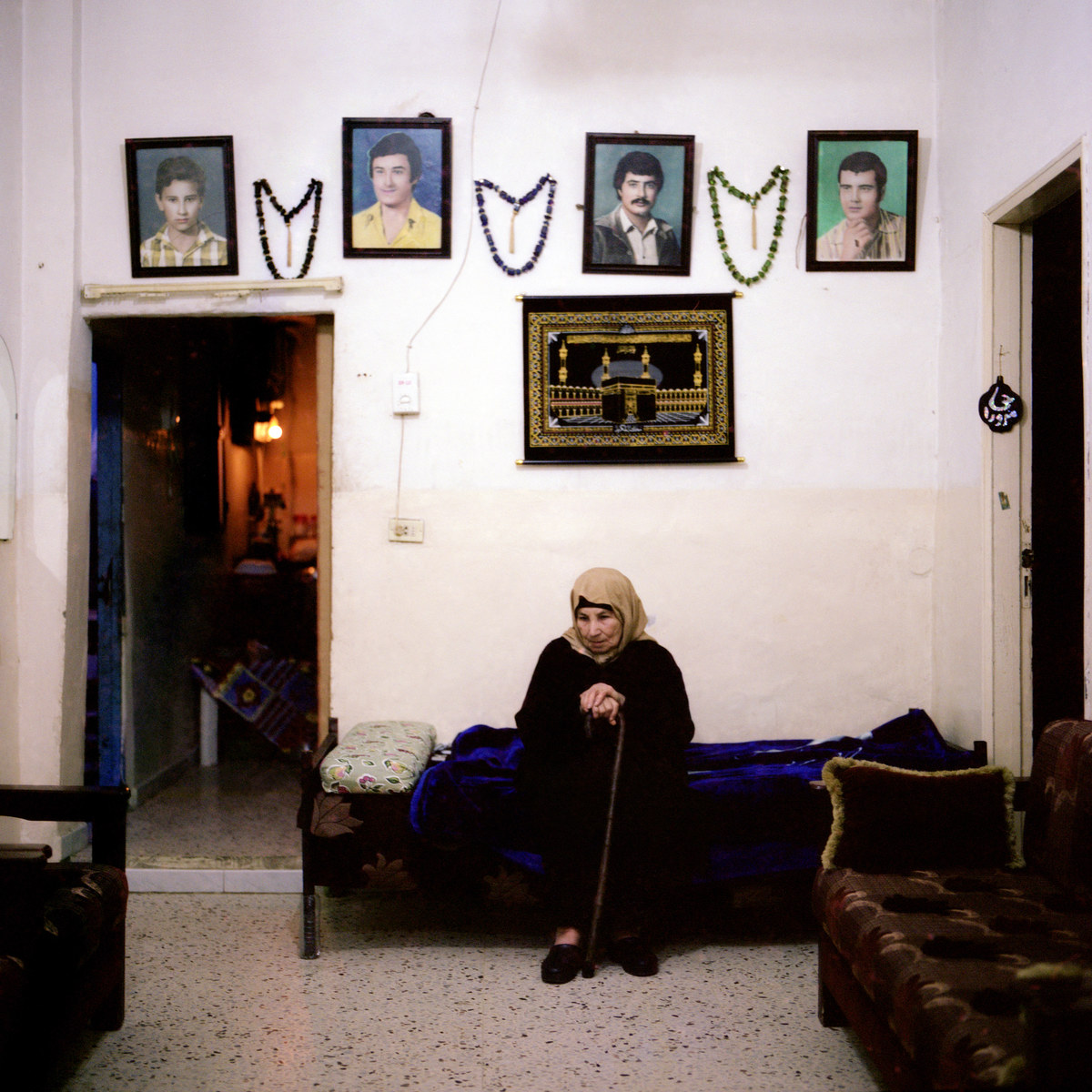
This photo of Imm Aziz is part of “The Missing of Lebanon,” a personal project I’ve been working on since 2009, through which I tell the stories of the families of the estimated 17,000 missing and victims of enforced disappearance of the Lebanese Civil War. In September 1982, Imm Aziz and her four sons — the oldest was 31, the youngest 13 — were having breakfast together at home when members of a Lebanese militia knocked on the door and asked the four sons to come with them. That was the last time she ever saw them.
This photograph was shot in October 2010, as I recall, at Imm Aziz’s home (a different one from her 1982 home) in the Palestinian refugee camp of Burj el Barajneh in the suburbs of Beirut. She has kept her sons’ belongings in case they ever come back. Here, she is sitting on the sofa where she usually naps in the afternoon, under framed portraits of her sons, with prayer beads between them.
Tanya Traboulsi
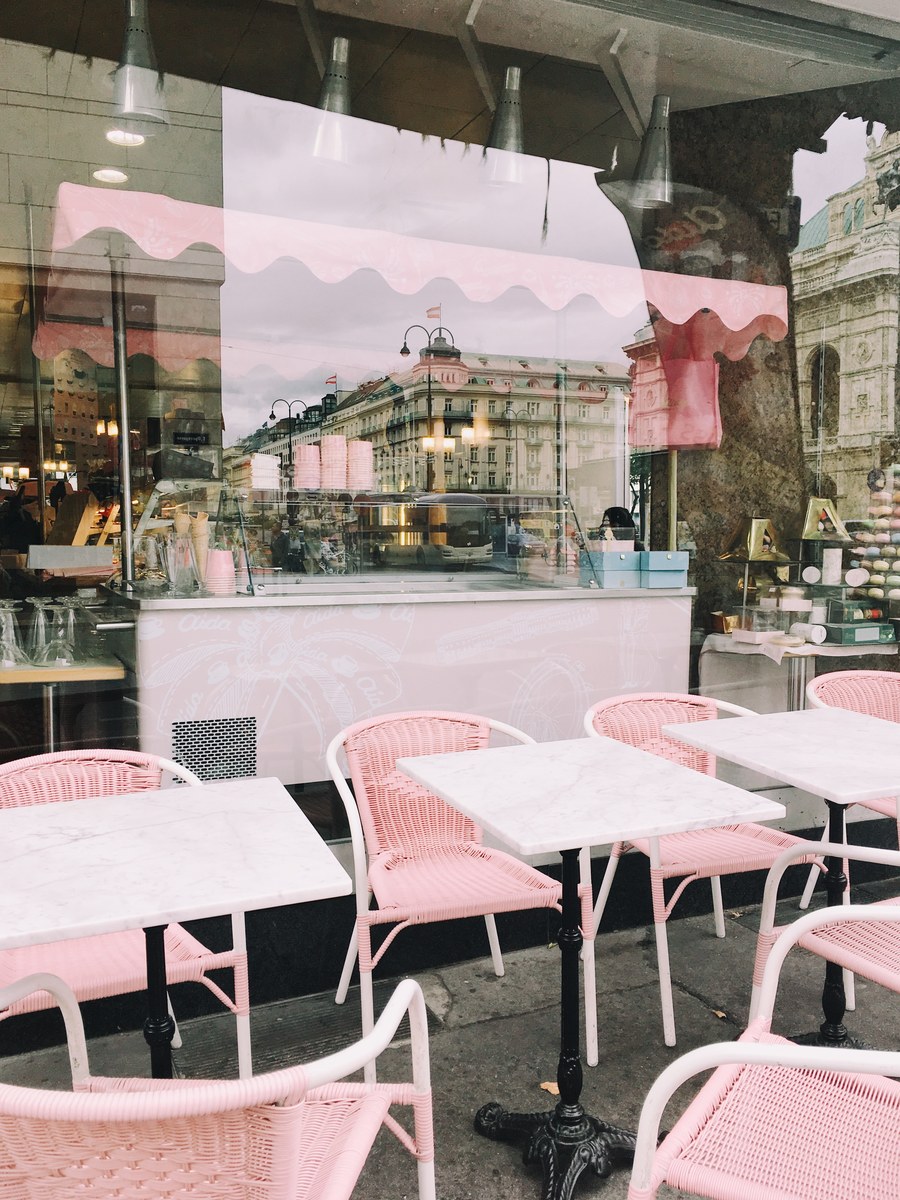
This is part of my ongoing series “Ich Schreibe Dir Später” (I’ll Write You Later), which consists of images all taken with my phone between 2015 and now. I take these photos while travelling, especially between Austria and Lebanon. I don’t want to carry heavy equipment with me at the moment, so I use my phone for it.
This photo was taken on the street in Vienna. It’s a well-known café called Aida, famous for its pink color. I just love how everything is tone-in-tone. Also, you can see the Vienna Opera House reflected in the windows.
One of the motivations behind the series is that everything happens on-the-go in our fast-paced lives these days. Most things are temporary and disposable. I’m trying to freeze some moments.
Maria Kassab
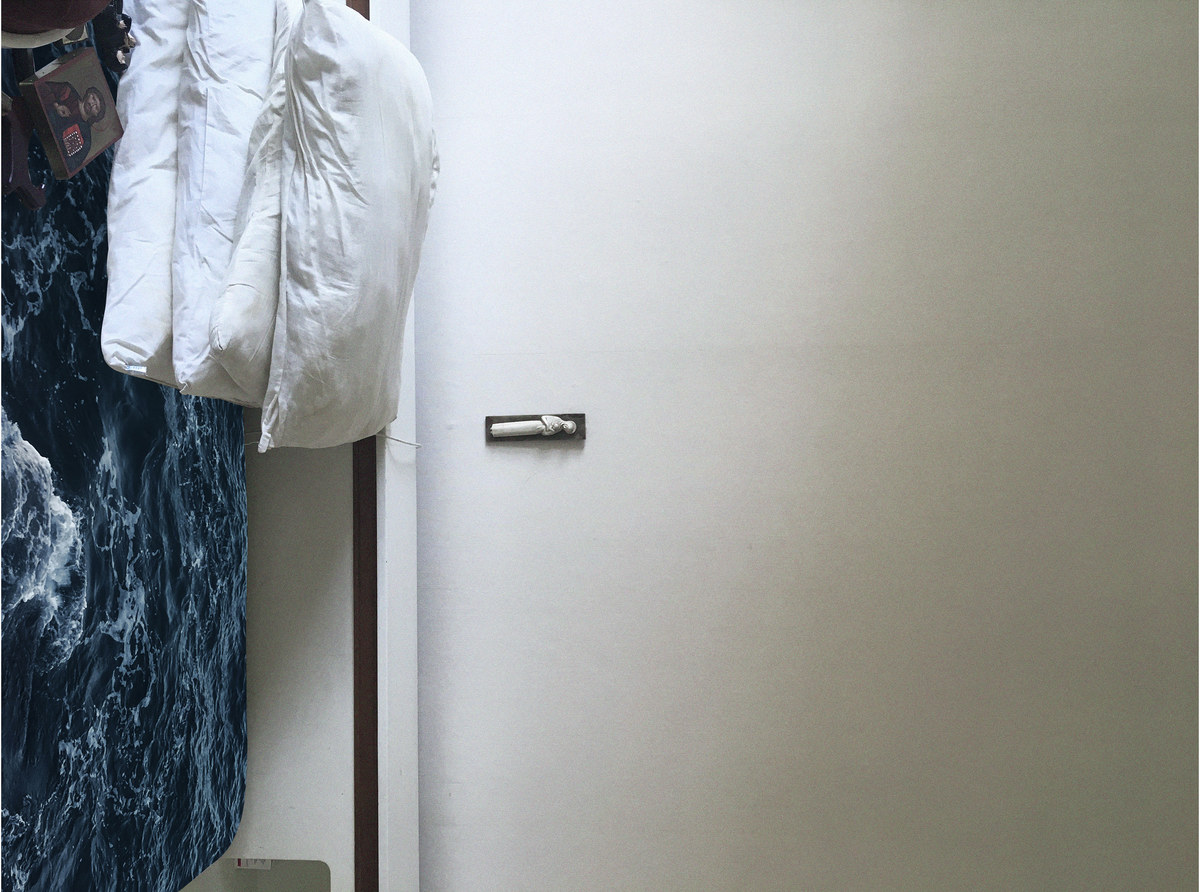
This is part of a series called “Le Naufrage.” It’s inspired by the ongoing political repercussions affecting the world today, and an interpretation of the crisis generated by borders between countries and the erosion of cultural and religious values. It also looks at the reduction of living space and the displacement of refugees fleeing conflict, whose destination remains uncertain — it explores the dilemma between the enjoyment of social and cultural identity and the search for a new identity caused by the brutal flight to another territory and the rupture of links with places, objects and people.
I organize my research around themes of memory, displacement, identity and belonging. I develop those themes through photomontage to create a visual narrative. I manipulate my own images and those of photographs that I collect to create a visual language that deconstructs and decontextualizes reality. My image manipulation is inspired by Lebanon’s political, environmental and cultural inconsistency. I construct a contemporary image marked by the illogical and surreal.
We live in a society that is constantly resisting power, whether poetically or violently. My work is a form of resistance. It is resistance to the current political and cultural world.
Demetris Koilalous
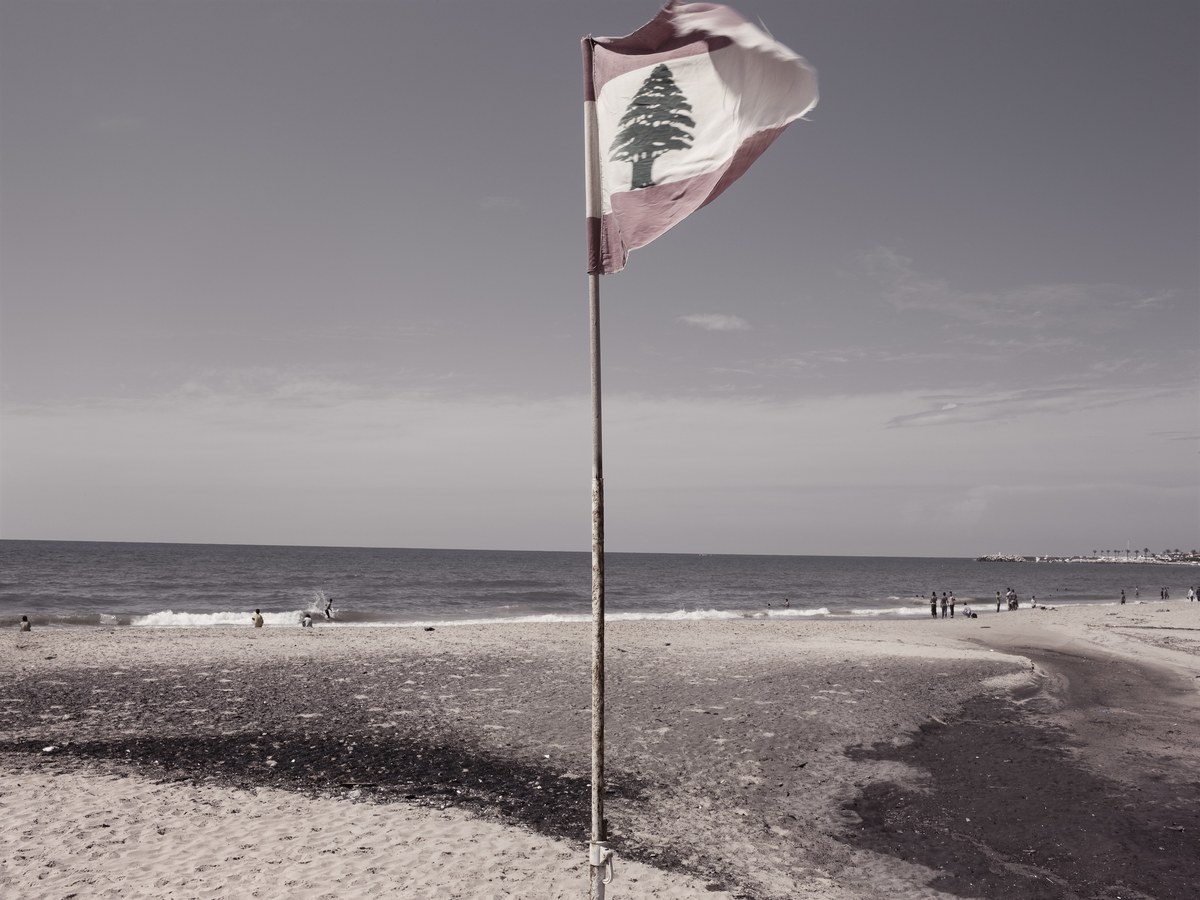
Before 2011 — when I shot “The Lebanese Notebook” as part of a commission — I had only visited Lebanon for professional assignments. What struck me in those early days were the tight security checks and an omnipresent feeling of cautiousness and restlessness. I remember my first conversation with a local man who saw my camera and asked me if a war was approaching — in his understanding, foreign photographers only came to Lebanon when there was a crisis.
I felt very strongly that the issue of identity ran deep — not only at a personal social, political or religious level, but also at a national level, as if contemporary Lebanon was trying to establish a ‘new’ and strong national identity. That was visible in the streets, on posters, flags and monuments. That’s when I started to photograph everything that related to identity — subjects, symbols and patterns. This series, “Anti-Paradise,” is, essentially, an existential question about human utopia.
I shot digitally — for practical reasons, since I thought it would be too risky to shoot with film with all the security scans, but also because that allowed me to manipulate my photographs and give this feeling of timelessness, which suited what I had in mind about Lebanon; a romantic and unclear landscape, carrying its historical momentum as a burden, but at the same time as an explosion away from the past.
Myriam Boulos
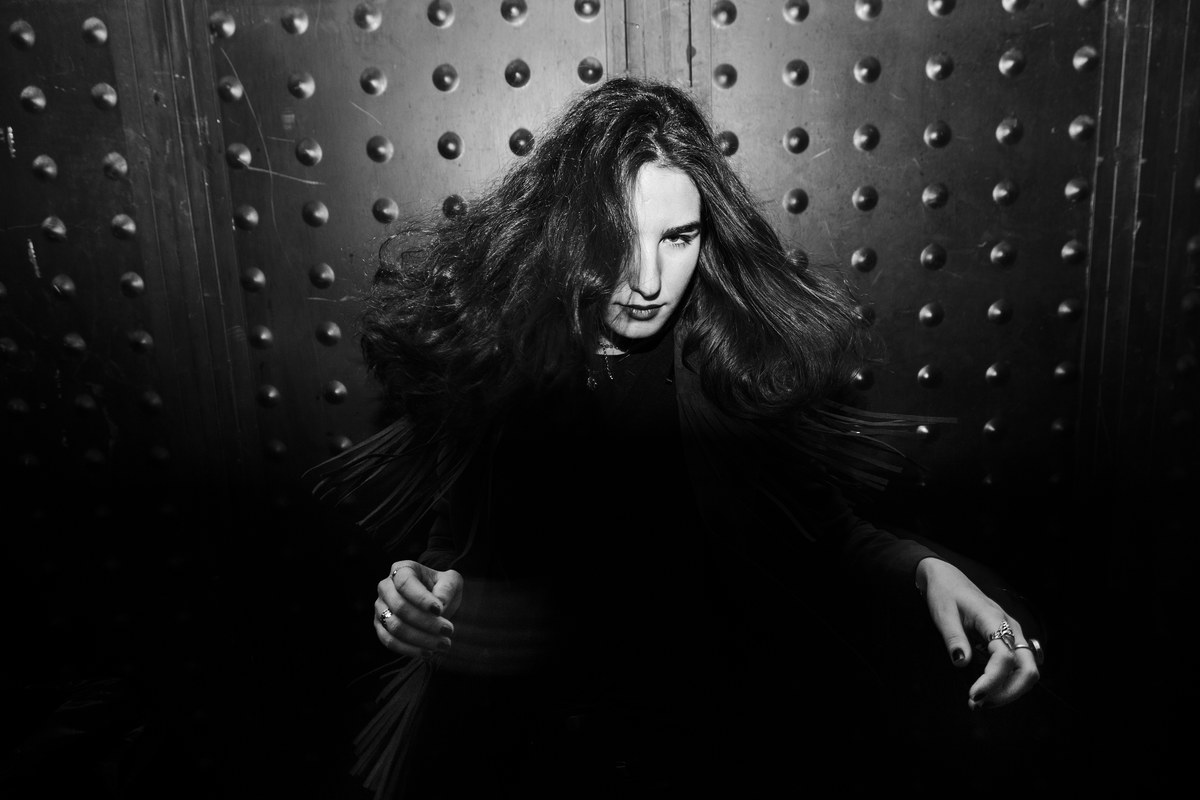
I shot this series, “Nightshift,” when I was between 20 and 22 years old, as a young woman coming of age and discovering women’s place in Lebanese society. I chose the context of night-time because, for me, it’s at night that Beirut’s complex, fragmented social map seems to suddenly appear. In “Nightshift,” I focused on parties taking place in industrial areas of Beirut. These venues gathered social bubbles from my generation that stood against Beirut’s mainstream ‘bling.’ I followed young women who appear strong and fragile, determined and vulnerable, all at once.
“Nightshift” questions the place of women in a patriarchal society where self-discovery, self-preservation and resistance come in different forms. As usual, through photography I try to be conscious of things, instead of being a victim of things.
Catherine Cattaruzza
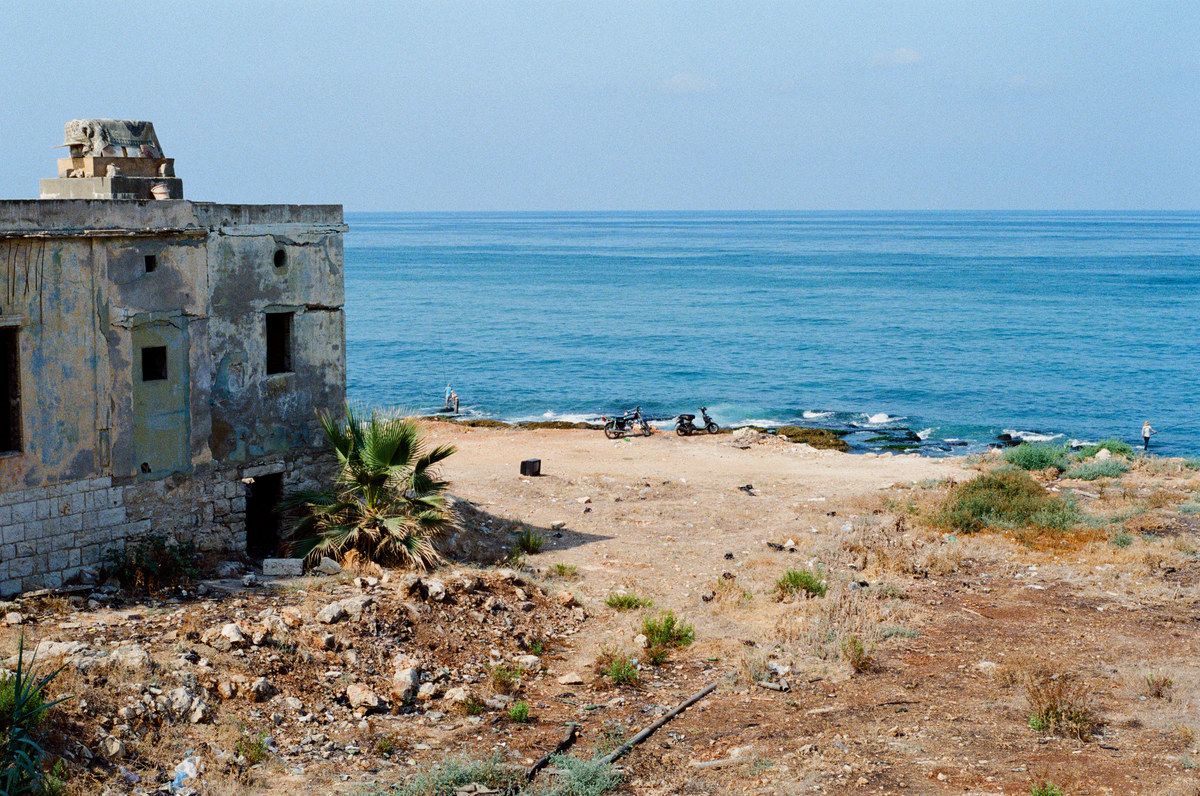
In “I Can’t Recall The Edges,” the landscape itself is not what interests me; it’s what lies beneath — the layers of history, politics, et cetera. I try to capture the in-between spaces and moments; these very fragile states. I photograph places that are so familiar to me, that have always surrounded me. They are the places of my very first childhood memories, these non-places of Beirut. Visual, or technical, accidents (I don’t manipulate the shots) serve the project — they contribute to the disappearance of those spaces and talk about their fragility; the intangible, the uncontrollable.



